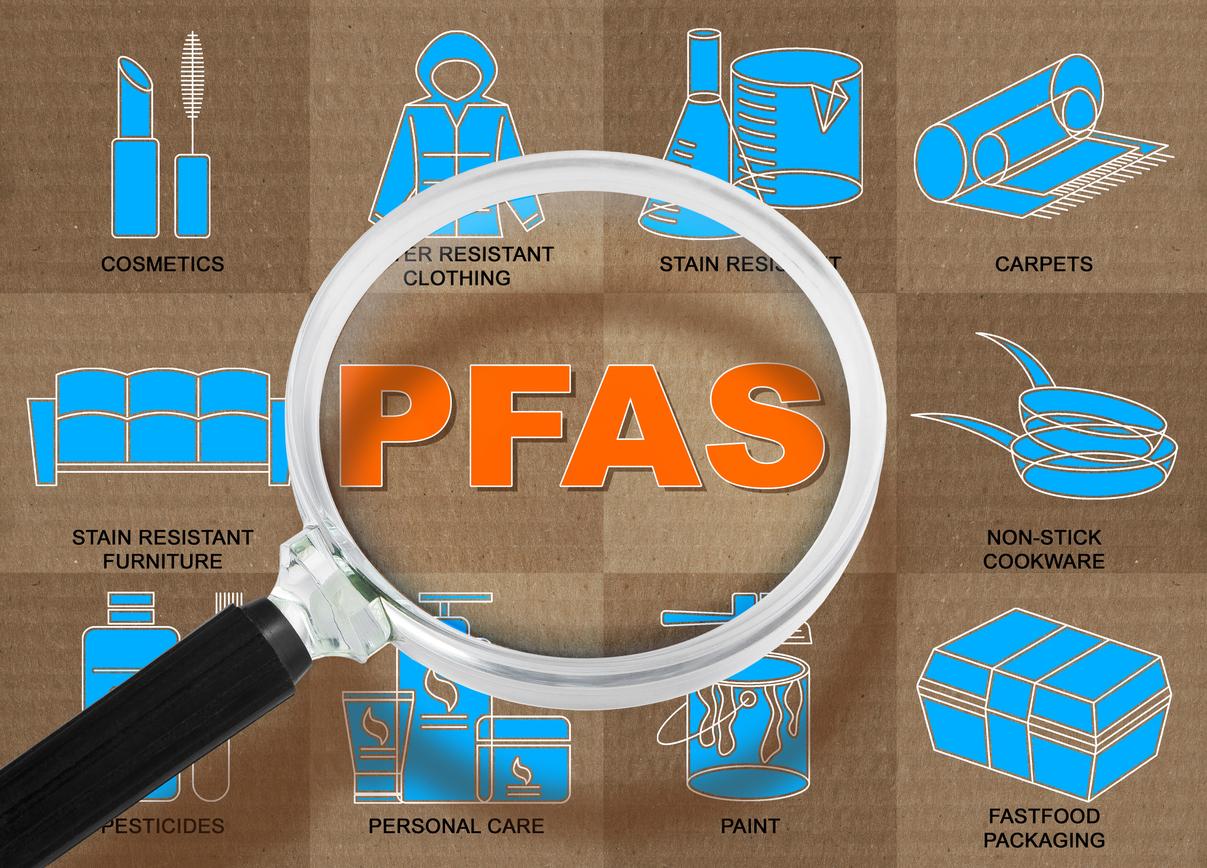At present, there are around 400 pesticide references marketed in France: these molecules are used in agriculture (but not only) to fight against insects and harmful plants. There are thus fungicidal pesticides (which eliminate fungi), insecticide pesticides (which eradicate insects)…
Problem : for many years, pesticides have been suspected of harming human health. Several scientific studies have thus established links between exposure to pesticides and the occurrence of certain diseases – cancers, fertility disorders, Parkinson’s disease, respiratory disorders, etc.
Pesticides are in fact capable of penetrating the body in 3 ways: through the skin (through the skin), through the respiratory system (when inhaled) and through food (via contaminated food).
Faced with these concerns, Inserm produced (in 2013) a first collective expert report entitled “Pesticides: health effects“. This collective expertise has just been updated: the Inserm experts (multidisciplinary researchers) have reviewed more than 5,300 documents from the international scientific literature. The goal: to examine the link between some twenty pathologies and the pesticides.
Occupational exposure to pesticides could expose to 6 pathologies
The Inserm experts first looked at occupational exposure to pesticides: this concerns farmers, but also market gardeners, arboriculturists and seasonal workers.
First info: there is a “strong presumption link” (i.e.: a level of evidence judged “raised” for Inserm) between occupational exposure to pesticides and the development of 6 diseases:
- Non-Hodgkin’s lymphoma. This cancer of the lymphatic system would be linked in particular to exposure to malathion, lindane, DDT, diazinon and organophosphates; for other pesticides (such as glyphosate and dicamba), the level of evidence is lower, but the link could exist.
- Multiple myeloma. Exposure to certain pesticides (such as permethrin, carbaryl, captan, DDT, and glyphosate) is subject to a presumption of link”weak” Where “averagefor this bone marrow cancer.
- Prostate cancer. Occupational exposure to glyphosate could”presumably” promote the occurrence of prostate cancer in men; for other pesticides (such as fonofos, terbufos, malathion and aldrin), the link is less obvious, but could exist.
- Parkinson’s disease. There is a link (weak or medium) between occupational exposure to paraquat and fungicides from the dithiocarbamate family (zineb, ziram and mancopper) and the occurrence of this neurodegenerative disease.
- Cognitive disorders. The link between occupational exposure to pesticides and the development of cognitive impairment is judged “strong“by Inserm experts.
- Respiratory diseases. One “strong presumption link” has been established by Inserm for exposure to pesticides and the development of COPD (obstructive pulmonary disease) or chronic bronchitis.
Pesticides are (also) dangerous for children
If maternal occupational exposure to pesticides occurs during pregnancy, there is an increased risk of acute leukemia in the unborn child. When it is the father who is exposed to pesticides in his professional environment, before the conception of the baby, there is a greater risk of acute lymphoblastic leukemia in the child. Finally, when one of the two parents (without distinction) is exposed to pesticides at work during the prenatal period, the risk of central nervous system tumor is higher.
Inserm specialists are also interested in domestic exposure to pesticides: this concerns people who use biocides at home (garden insecticides, for example) or who live next to an agricultural area that is regularly sprayed of pesticides.
They found a “presumption of strong connection” between exposure of the mother during pregnancy to pesticides and the development of acute leukemia in the unborn child. The risk of developing a central nervous system tumor is also greater in children who are exposed to pesticides during pregnancy or during their first years of life.
What are the most dangerous pesticides for health? According to Inserm experts, the most dangerous pesticides for health are organophosphates (these are insecticides: in this family, we find in particular fonofos), glyphosate, SDHi (broad-spectrum fungicides), pyrethroids or chlordecone.
While some of these pesticides may have been banned in France (such as chlordecone, which was only used between 1973 and 1993 in the West Indies), Inserm specifies that their impact on health is still visible: “Yesterday’s molecules are responsible for today’s chronic diseases“.
Read also :
- Pesticides: which fruits and vegetables are the most affected?
- Up to 17 pesticides in our tea bags
- The first map of France of pesticide victims


















